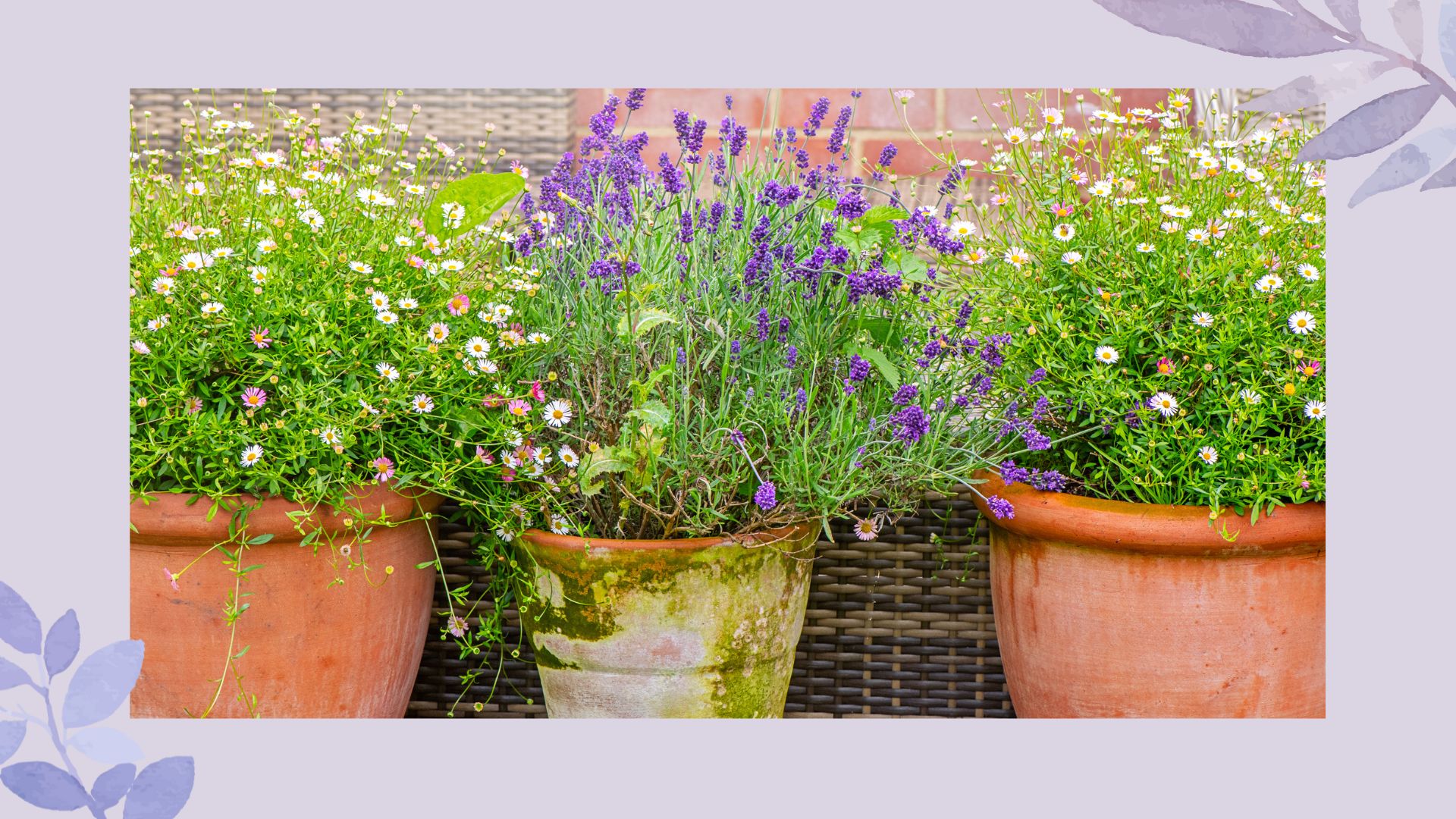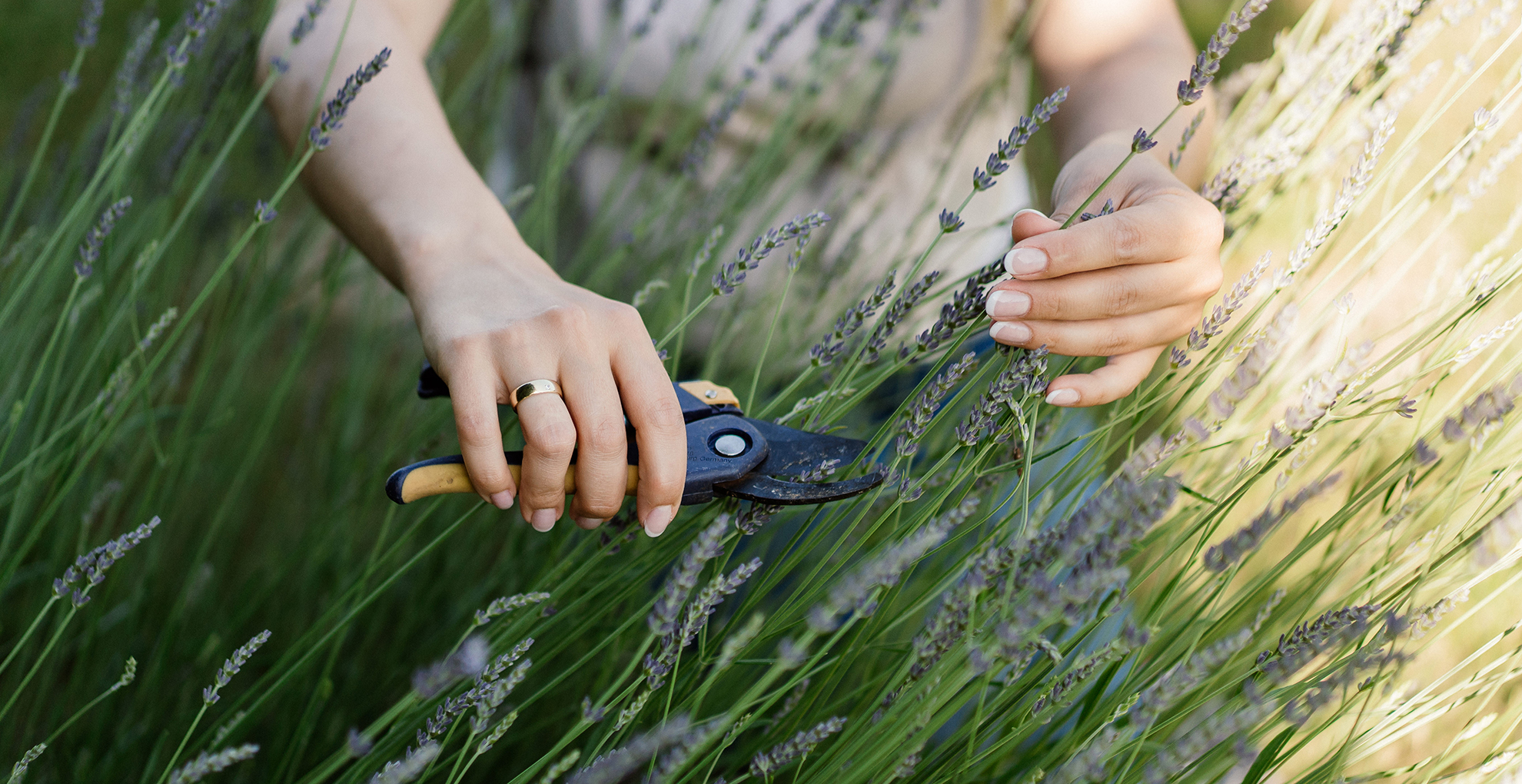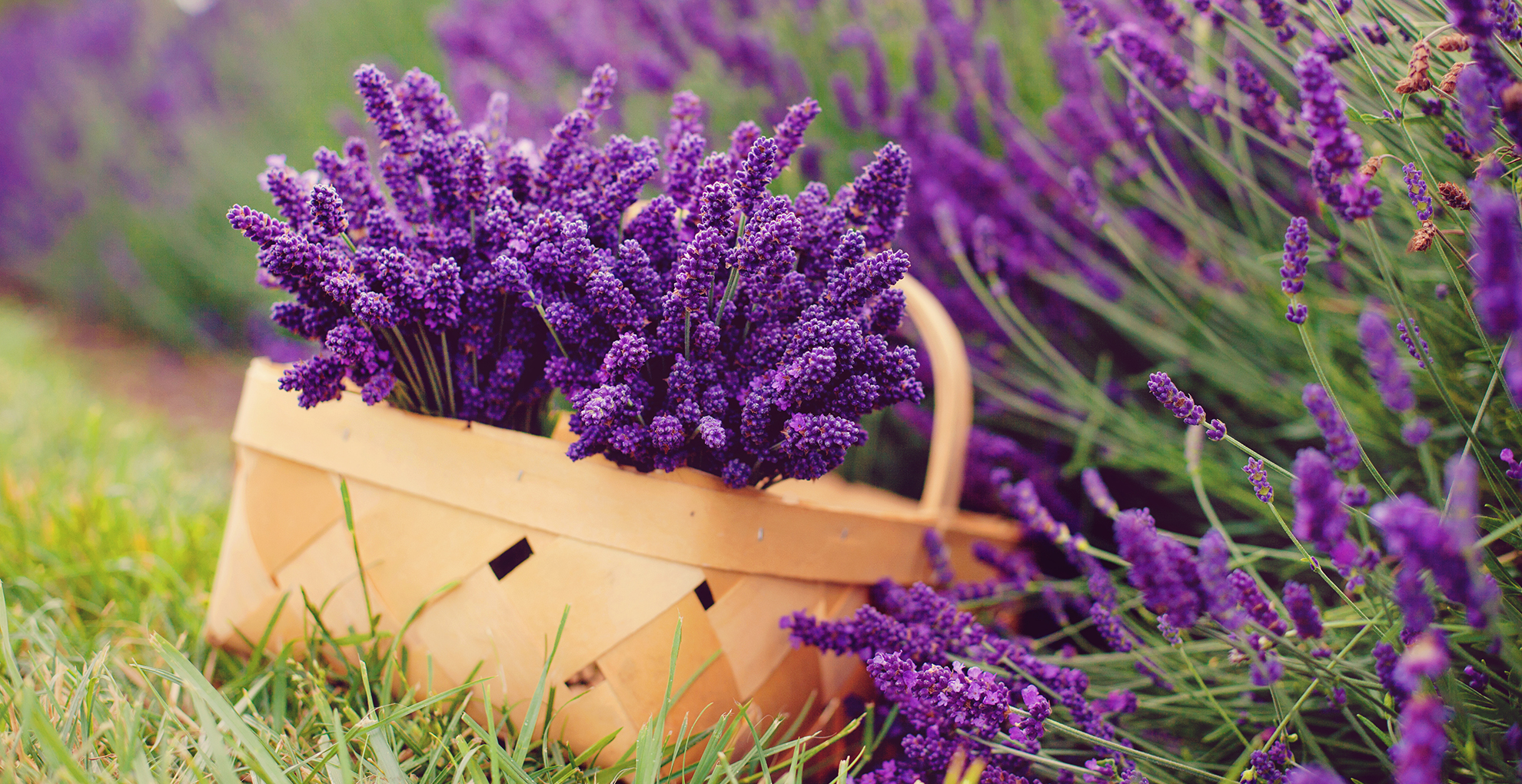
With its soothing fragrance and vibrant purple flowers, it's little wonder that so many people are in love with lavender – but you need to know how to prune lavender if you want to keep this relaxing herb looking its picture-perfect best.
It's been said time and time again that lavender’s serene presence reminds us to find calmness in every moment, and little wonder: after all, it's one of the most alluring plants around thanks to its abundance of therapeutic benefits.
Just as you need to learn how to prune roses and how to prune clematis to maximise blooming, though, the same is true of lavender.
It's also the best way to keep these fragrant garden plants from getting woody and leggy, so it's well worth doing the job properly –especially if you want it to look lovely in photos.
How to prune lavender: an expert guide
With its fabulous fragrance and rustic charm, lavender is completely at home among its fellow cottage garden plants – but it does need some TLC if you want it to look its best.
If your lavender looks particularly untidy or frost-damaged, it benefits from being given a prune in the early springtime. Otherwise, "It's best to prune lavender after flowering, either in later summer or early autumn," says RHS-trained gardener Andrew O'Donoghue, co-founder of Gardens Revived.
What you will need
Unlike avoiding multiple lawn care mistakes, you won't need an abundance of tools for this gardening job: all you really need is a pair of sharp (and clean) secateurs, like the Gonicc 8" Professional Secateurs from Amazon.
You might also like to have a bag to hand for your lavender cuttings, ready to transport them to your compost bin, and possibly a pair of gardening all-purpose gloves, like these Comfortable Leather Gardening Gloves from Amazon.
Step-by-step guide
If you want to know how to prune lavender, the first step is figuring out which variety you’re working with.
The options are:
- English lavender: a hardier variety, that requires more pruning (usually in August or September)
- French lavender: a frost-hardy variety that requires a gentle prune and deadheading throughout the season (do not cut them back later than mid-September)

Once that's done, all that's left to do is the following...
1. In springtime
If you're tidying your lavender plants up in the springtime, Andrew says to prune back any dead or damaged stems and trim back about one third of the plant into an even shape.
"Avoid cutting into the woody base," he adds, "and be sure to cut to just above a group of new shoots. Otherwise your plant is unlikely to grow back."
2. In summer...
Come summertime, it's best to wait until after your plants have flowered before you get to work on making your How To Prune Lavender 101 dreams a reality.
"You'll want to remove any spent flowers and about 2.5cm of leaf growth," says Andrew.
"Again, be sure to deadhead throughout the growing season, and be sure to cut down to just above a new group of shoots."

Learning how to prune lavender isn't all hard work; it's actually an incredibly sensory experience, so long as you allow yourself the time to enjoy it.
"Don’t forget to roll the flower heads removed in your hand for a fresh lavender smell," says Andrew.
FAQs
How do you prune lavender without killing it?
If you want to prune lavender without killing it, the most important thing to do is make sure that you’re using sharp, clean secateurs; this ensures a clean cut and minimises the risk of disease.
Most gardening experts, too, will caution you to cut each branch on a downward diagonal, as this will stop rainwater from pooling in the wound and allow disease or rot to take hold.
Be sure to water your plant if needed, but be wary of overwatering: you’re about to enter the plant’s dormant season, so you don’t want to encourage it to grow or have it sit wet for a long time.
When should lavender be pruned?
All lavender – whatever the variety – needs to be pruned annually if you want them to thrive. It’s best to tackle the job after the plant has finished flowering (usually in August or September), using a sharp pair of secateurs and taking care to cut back to just above a group of new shoots.
You can tidy the plant up and give it a shape, too. And don’t forget to deadhead – which means, for all the greener gardeners out there, remove the spent flowers – throughout the summer, too.
What happens if you don't deadhead lavender?
All that happens if you don't deadhead lavender is that it grows wild and can get out of control. It doesn't matter too much if you've let things get too out of control: lavender is extremely fast growing and establishes quickly, so you can simply dig out the overgrown clumps and replace them with new plants if you want things looking spick-and-span fast.
Now that you know how to prune lavender, you can settle back and enjoy your perfumed blooms until summer is almost over – then, and only then, should you set to work tidying them up and trimming them back.







